Le Loup
32 Cal.

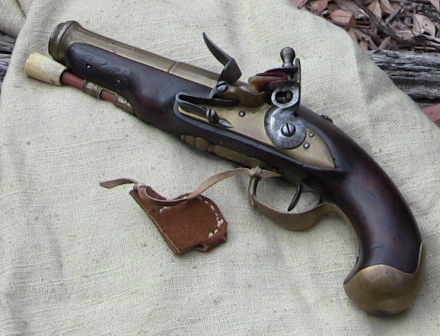
In the 18th century smoothbores did NOT use a patched ball, the ball was loaded in the same way as using shot, with wads or wadding.
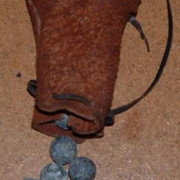
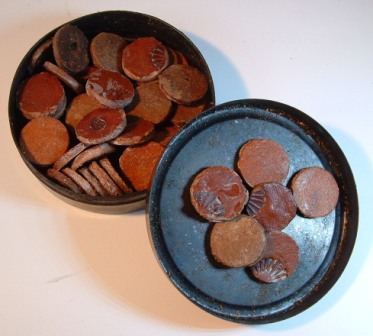
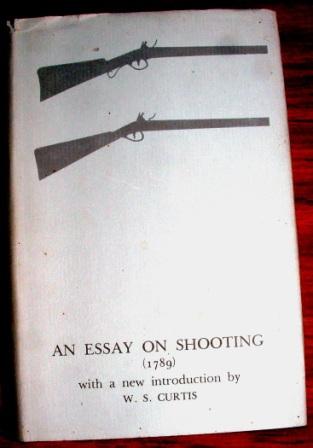







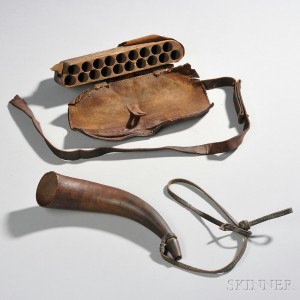
Obviously Sk back then this was not classed as a patched round ball, it was simply a faster means of reloading. The English version of An Essay On Shooting was basically a copy of the French version. The paper cartridge was simply a wad of paper holding the ball in place, regardless of the fact that the ball was encased in the paper.Au contraire. Many militia and all (certainly most) military used paper cartridges. And since all able-bodies were expected to turn out for militia . . .

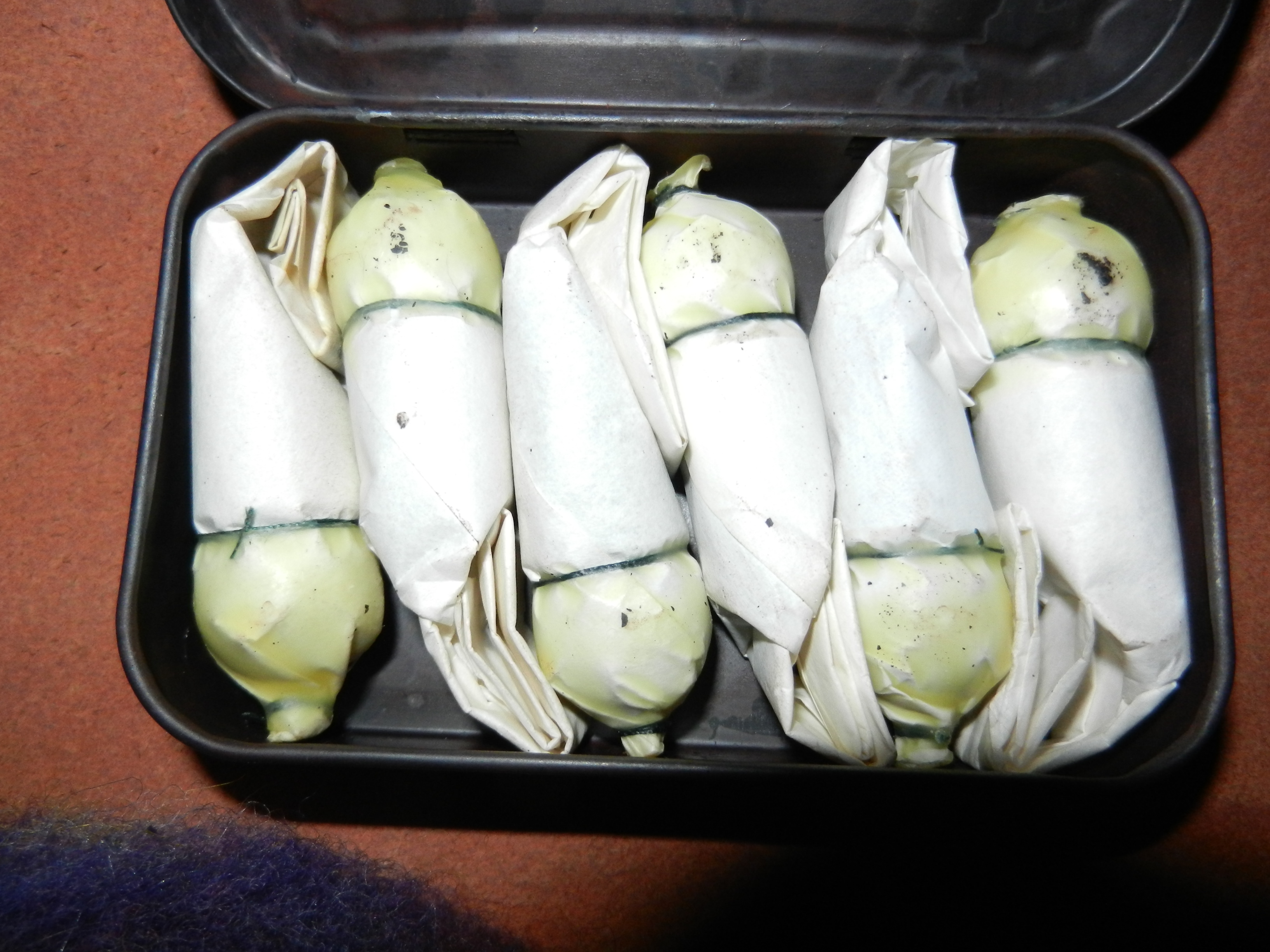
I would term that as wadding, not a wad.Interesting. I always thought of it as a "patch of paper"; surrounding the ball for a tight fit. Three thicknesses of paper is hardly a wad.
That's what I use to shoot my smoothbore with a single ball.
I have listed my period documentation Sk, I would be very interested to to read or have a link to your documentation.PS - I have also read accounts of leather or wool cloth patched balls used by aboriginals.
You said "did NOT use" with capitals. Perhaps "seldom used" or "little documentation for" would have been better?
Documentation please Richard.PS: I believe leather patches were also used by some shooters on the Frontier, under various circumstances, as leather was readily available.
Richard/Grumpa
I agree that you get more accuracy over a longer distance using patching rather than a wad or wadding, but my post was about period authenticity. If I see documentation on the use of patching used in the 18th century, then I will believe it & publish it.I sure like that long-gun and the pistola. Those are nice. I would agree with Stumpkiller on the wording though. Seldom, rarely, might be more accurate language. I mean, what would STOP a person from loading their smoothbore with a patched ball, if he didn't want the ball rolling out the barrel, or just thought he might get better accuracy, or thought it was quicker, or easier, or better? Certainly most, or many people were familiar with how a rifle was loaded. I've shot my paper cartridges with the "tail" up, "tail" down, and with the tail ripped off and what's left of the "patch" encasing or patching the ball, and I don't see any difference. Patching a ball with greased cloth, however, makes a noticeable difference in accuracy, in my smoothbore at least. We really never can say never.
Interesting, I have never had that problem with my fusil.I bite the paper, pour the powder, seat the ball and tear off the excess paper where the powder was.
English style cartridges. If you try pushing in the empty paper tube first after "handling your cartridge" and pouring the load it can bunch up and be impossible to ram down.

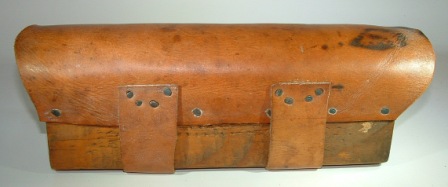
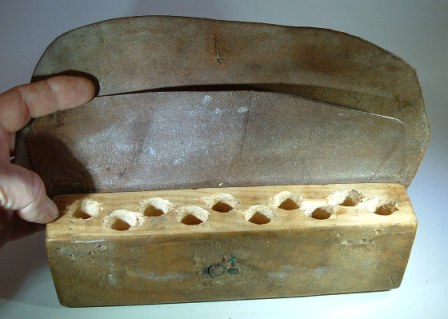
Like I said, I will believe it when I read the documentation. There is too much assuming & guessing in Living History, I prefer to stick with the facts when documentation is available.Okay, I get you now. I believe you are talking about, "most commonly", or under formal conditions such as military or militia, etc. Just sounded at first like "no patched ball was ever loaded into a smooth-bore, ever"!!! We know that's not true. And we know that many things that were considered very mundane, and "every day", and "everyone knows-that-so-why-would-we-write-it-down" were never documented. And sometimes, documentation is not always accurate.
Enter your email address to join: